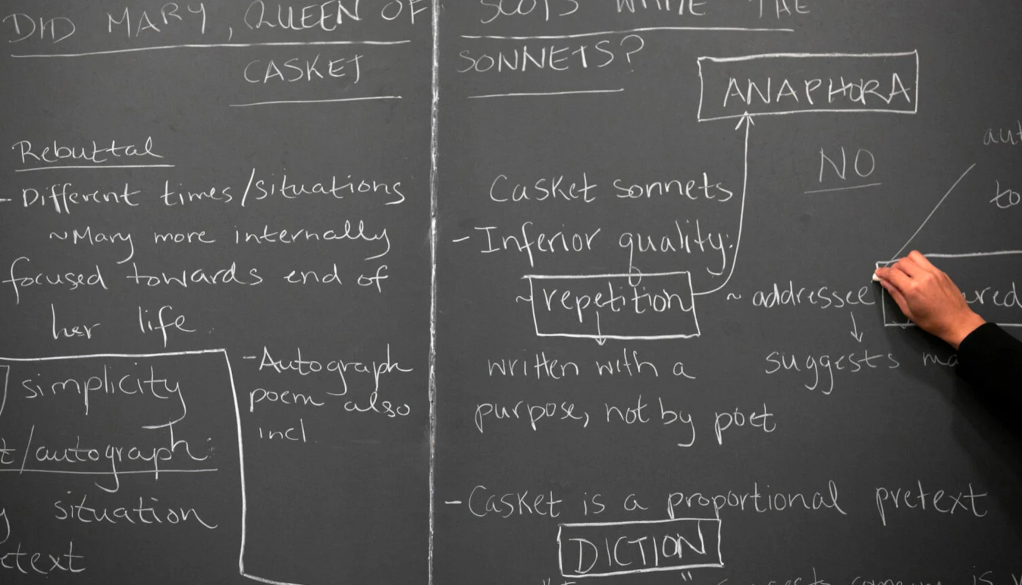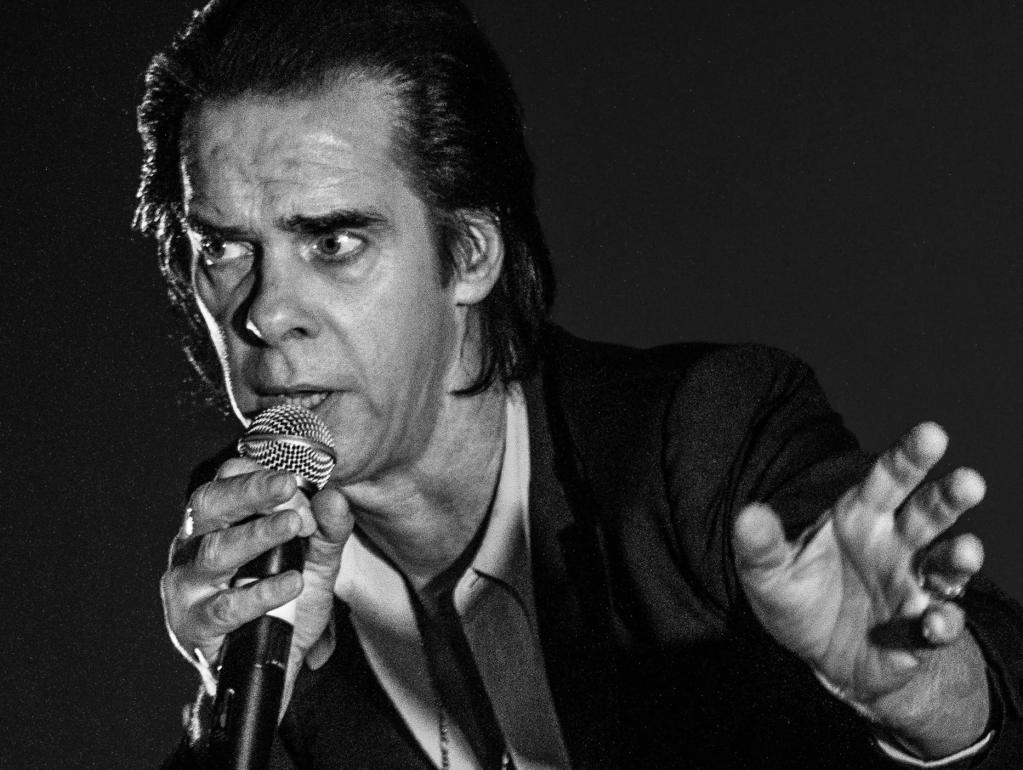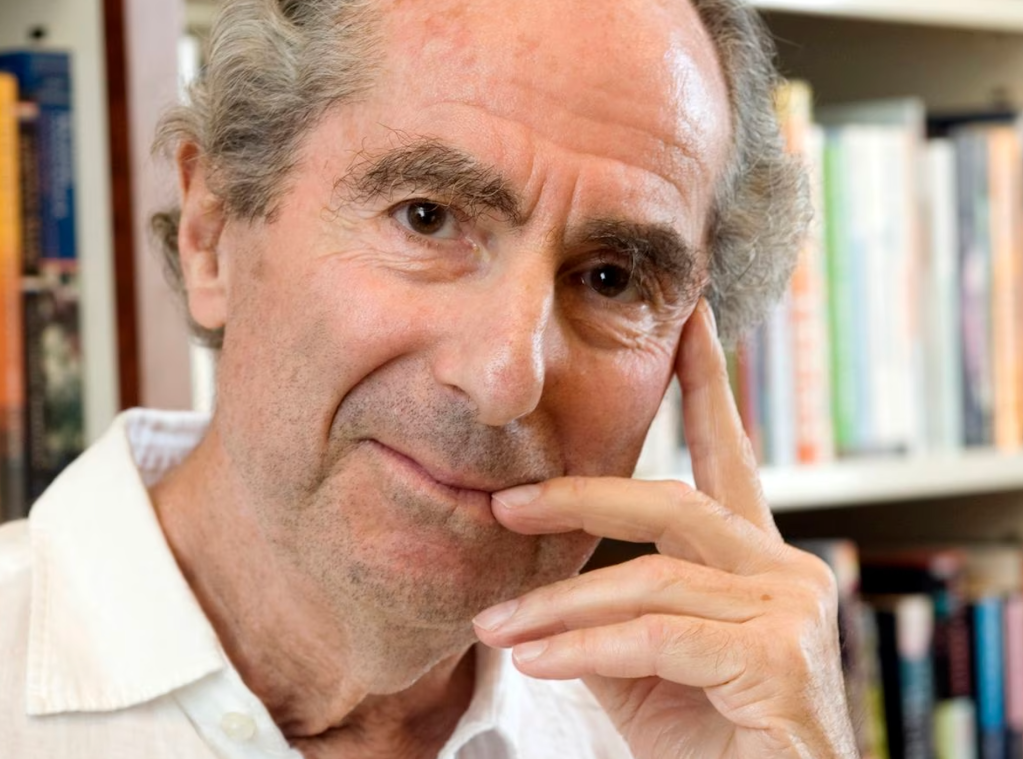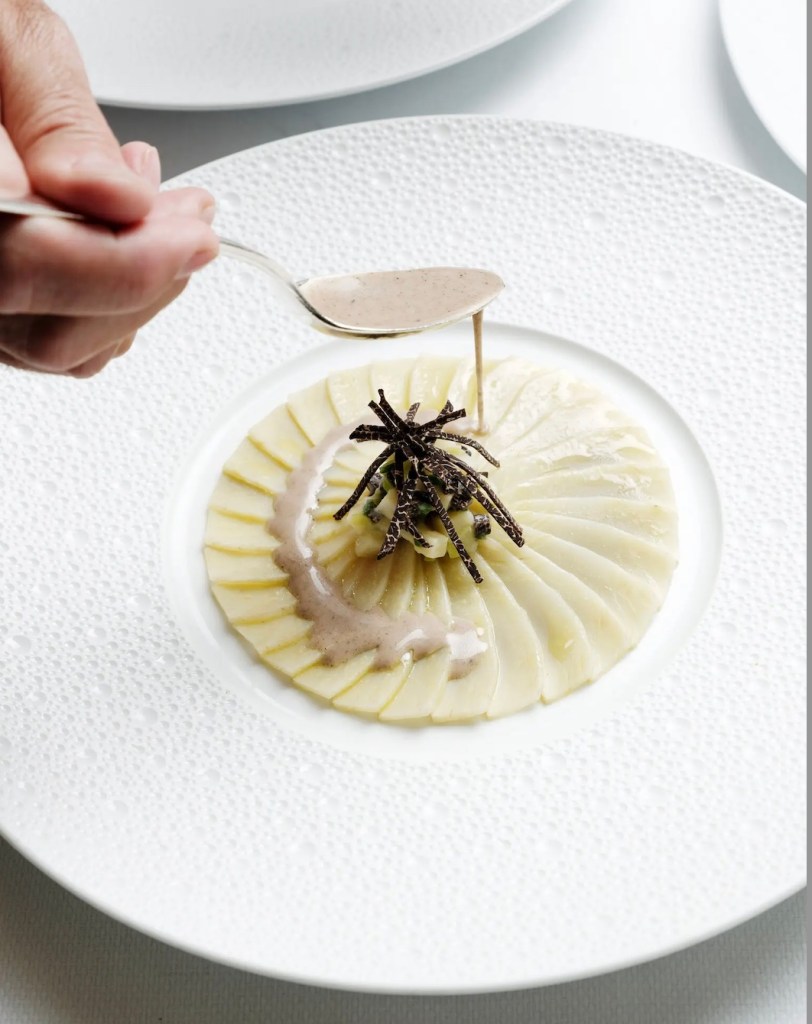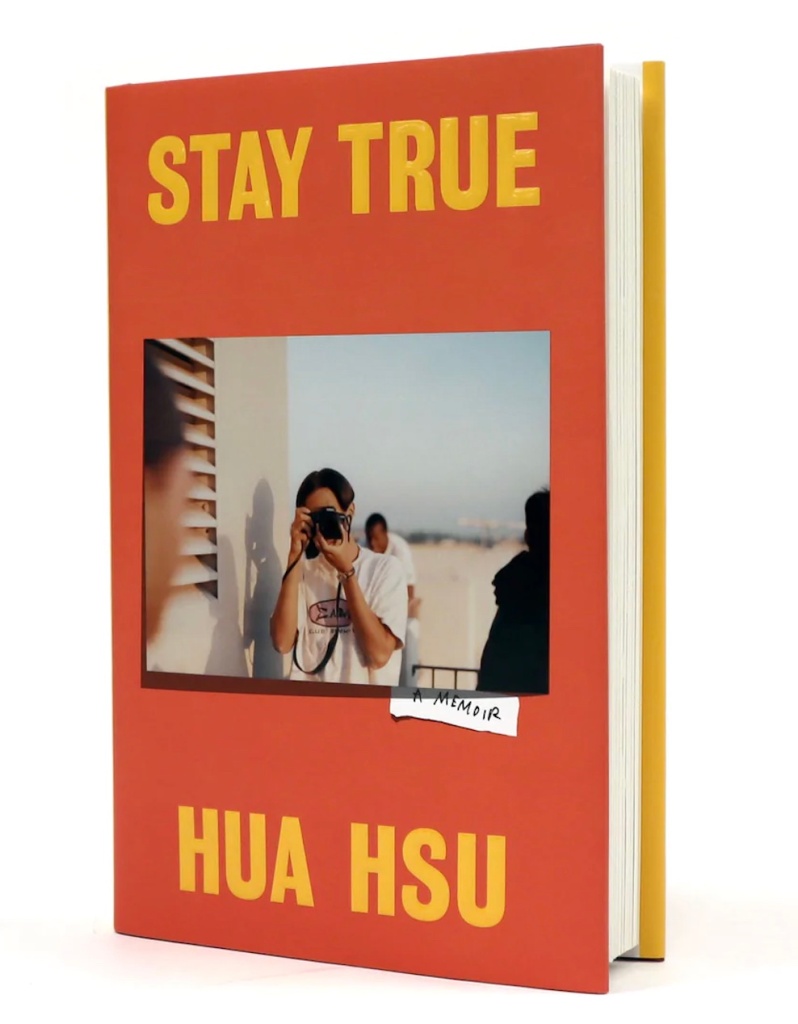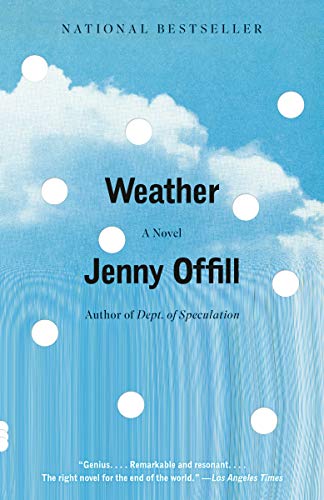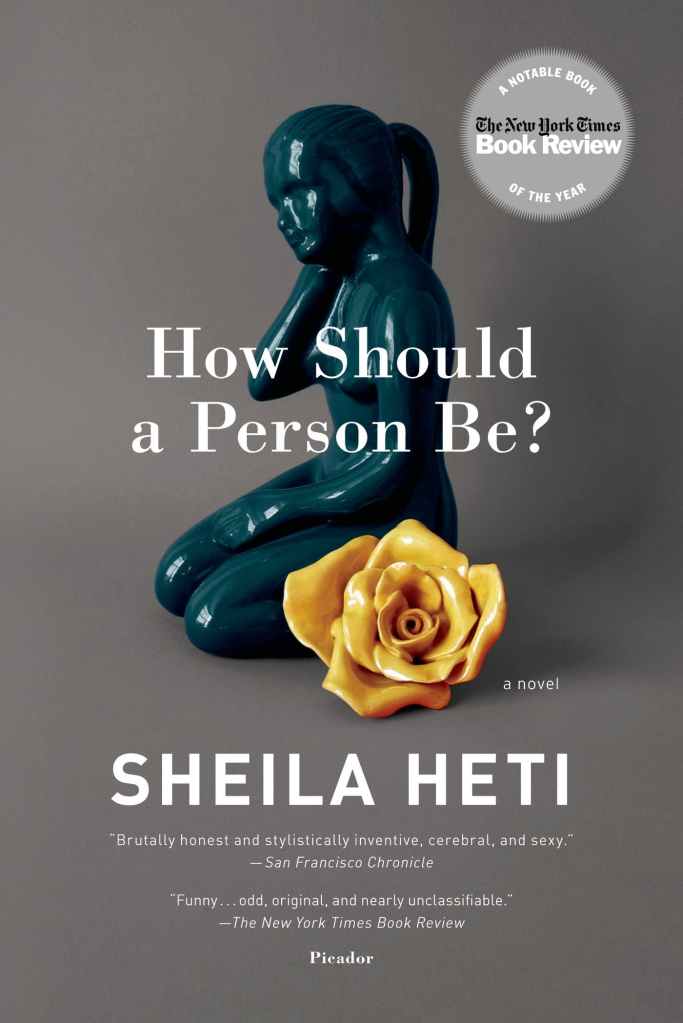In my 30s, a pair of well-meaning coworkers nominated me for a title in a big-city glossy magazine that makes me blush even as I type this so many years later.
The magazine was a strenuously vapid thing, slathered in food and lifestyle pap, all of it mawkishly upbeat. To attract page after Technicolor page of blaring ad copy, it was shamelessly obsessed with ratings and lists: Best Barbecue! Best Campsites! Best Burgers! Best Places to Get Off!
City magazines with ample ad revenue are like that. They traffic in pretty pictures of manicured affluence, catering to the beauty-salon and doctor’s office crowds. Without being trendy themselves — they are woefully unhip — they try to manufacture trends. Only dingbats actually pay money for the periodical, which is so cloying, you could barf.
That said, I admit up front that I participated in this paragon of sub-journalism. My coworkers nominated me for one of those knuckleheaded lists: the city’s Most Eligible Bachelors. I was flattered. I was humbled. I was mortified.
The magazine editor phoned me for a preliminary interview. And I blurted: no. I rejected the nomination. It was way out of my comfort zone. I wasn’t so desperate for a date. And this introvert definitely didn’t need the exposure, my bewildered mug spread next to an ad for the hottest tanning salon or 40 sparkly, smiley real estate agents.
I thanked my deflated pod-mates, the lovely Sarah and Sharon, and also apologized. I was being ungracious, but I didn’t have the stomach for it.
My dis was apparently a big deal. Friends expressed dismay. My disappointed mother scolded me like I was eight. The topper: Ira Glass of “This American Life” called for a possible segment — man turns down most eligible bachelor nomination, how zany is that? — that, fortunately, never panned out.
And yet, I’m only human.
Forward a year: Same routine, but this time, for better or worse, I caved. I did it. I’m not sure why. I was strafed by anxiety. But I thought, what the hell, man up.
During the in-office interview with the editor, I explained my job (movie critic, which I said wasn’t nearly as glamorous as it’s cracked up to be), noted my hobbies (world travel, books, film, drinks, drums), and things I’m not so crazy about (dancing, reggae). Asked the inevitable question of what I look for in a woman (sigh), I said something like someone bookish, worldly and intellectually curious (what a dope).
This is the story of someone quite bashful scraping himself out of his dark, lonesome shell. A comment the editor solicited for the article from one of my dearest friends, Courtney, included these bits: “His eccentricities are very endearing … Once he lets you in, you discover a kind-hearted soul.”
Yeah. That might be a bit much. But there I was in this glossy magazine with nine other “most eligible bachelors,” practically shaking in my boots with self-consciousness. Each of us filled a full color page, with no ads. In the photo, my head is enormous.
The issue hit the stands (and the beauty salons and doctors’ offices) and I braced for the worst. But instead: crickets. No one called, emailed, berated me, ridiculed me, asked me on a date, nothing. Disappointment? No, massive relief.
I guess the moral of this tale is to get out of your self-defined — and in my case, distinctly neurotic — safe zones and take a chance on something new, even alien. I ate a whole cobra in Vietnam and got detained by Hezbollah in Beirut. A cheesy little spread in a city magazine is comparably nothing. Really. Nothing.
Take a risk. It might be gut-wrenching. It might be exhilarating. Or it might be … crickets.

